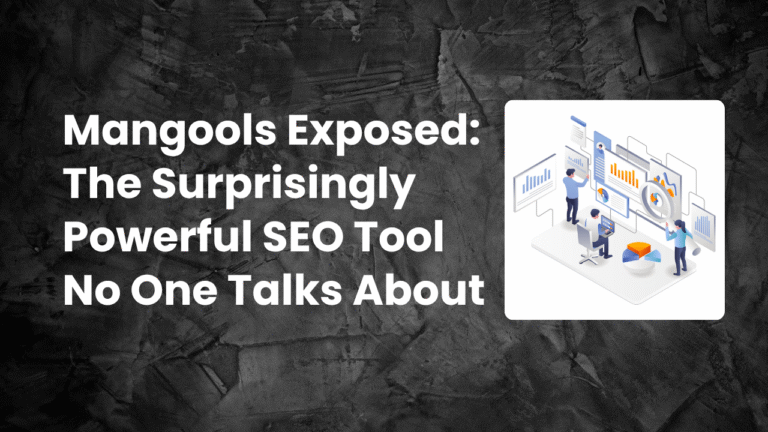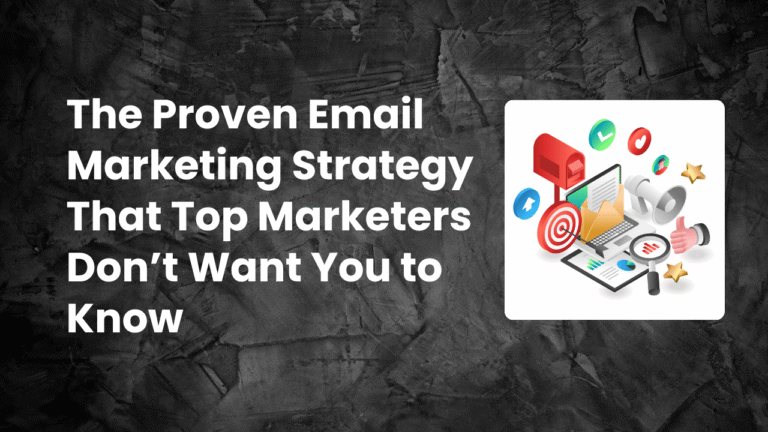On-page SEO is the foundation of any successful search engine optimization strategy. Without solid on-page SEO, even the most aggressive link-building efforts or content promotion campaigns can fall flat. According to a 2023 study by FirstPageSage, Google gives around 57% of its ranking weight to content relevance and on-page optimization factors (FirstPageSage, 2023). That’s more than half of what makes a page rank!
In other words, if your on-page SEO isn’t done right, your content might never reach the audience it deserves—no matter how good it is.
But what exactly is on-page SEO, and how can you make sure your site is fully optimized for it? This article will walk you through everything you need to know.
Table of content
What Is On-Page SEO?
On-page SEO refers to the practice of optimizing individual web pages in order to rank higher in search engines and attract more relevant traffic. It focuses on both the content and the HTML source code of a page, unlike off-page SEO which deals with backlinks and other external signals.
Everything you can control directly on your website to improve search visibility—like content, title tags, meta descriptions, headers, internal links, images, and even URL structure—falls under on-page SEO.
It’s all about helping search engines understand what your page is about while also giving visitors a smooth and satisfying experience. When done right, on-page SEO makes it easier for your content to get discovered, ranked, and clicked.
Why On-Page SEO Matters So Much
Search engines are constantly evolving, but one thing remains constant: they want to serve users the most relevant, high-quality content for any given query. On-page SEO is what signals to them that your content is exactly what the user is looking for.
Great on-page SEO:
- Helps Google understand your page context
- Improves user experience
- Increases time spent on site
- Lowers bounce rates
- Boosts click-through rates (CTR) from search results
When all these metrics are positive, Google is more likely to reward your site with better rankings. And better rankings lead to more organic traffic—which often means more leads, sales, and revenue.
The Anatomy of a Perfectly Optimized Page
Let’s take a closer look at the core elements of on-page SEO that you need to focus on. These work together to help your content rank higher and attract better traffic.
1. Title Tags That Grab Attention
Your page title (the HTML title tag) is the first thing users see in search engine results. It should contain your target keyword, but it also needs to entice clicks. Keep it under 60 characters so it doesn’t get cut off. Make it compelling, relevant, and accurate.
Example: Instead of “Home,” use “Affordable SEO Services for Small Businesses – Get Results Fast.”
2. Meta Descriptions That Spark Interest
While not a direct ranking factor, meta descriptions influence whether someone clicks on your link in the SERP. They should include your main keyword and offer a clear, enticing summary of what the page is about.
Think of it as your 150-character sales pitch.
3. Header Tags That Structure Content
Using headings (H1, H2, H3, etc.) not only makes your content easier to read but also helps search engines understand your page hierarchy. Every page should have one H1 tag (usually the title of the article), and then use H2 and H3 tags for subtopics.
This improves readability, user experience, and crawlability.
4. Keyword Placement and Optimization
It’s essential to include your primary keyword naturally throughout the content—especially in the first 100 words, in one H2 tag, and in image alt text. But don’t stuff keywords. Use variations and related terms (semantic SEO) to add depth and context.
Google is smart enough to understand that “best smartphones for photos” and “top camera phones” are about the same thing.
5. High-Quality, Valuable Content
Content still reigns supreme in SEO. But it’s not just about length or keyword count. Google looks at:
- Originality
- Depth of information
- Accuracy
- Engagement (time on page, bounce rate)
- Freshness
Make your content useful, skimmable, and well-organized. Use bullet points, short paragraphs, internal links, visuals, and a clear structure. The longer people stay and engage with your content, the more likely it is to rank.
6. Internal Linking and Site Structure
Internal links help distribute page authority across your site. They also guide users to related content, which improves session time and helps with indexing.
Use clear, keyword-rich anchor text when linking to other pages. Avoid broken links or dead ends.
7. Image Optimization
Images can enhance the user experience, but they also affect page speed and SEO. Compress images to keep file sizes small without losing quality. Add descriptive alt text that includes relevant keywords to help Google understand the image content.
Also, use descriptive file names instead of “IMG_3920.jpg.”
8. Mobile-Friendliness
With over 60% of searches now coming from mobile devices (Statista, 2023), having a responsive design is non-negotiable. Google uses mobile-first indexing, meaning it evaluates the mobile version of your site first when determining rankings.
Make sure your content, images, and navigation work flawlessly on phones and tablets.
9. Page Speed and Core Web Vitals
Speed isn’t just about user convenience—it’s a ranking factor. Slow-loading pages frustrate users and cause higher bounce rates.
Use tools like Google PageSpeed Insights or GTmetrix to check your site speed and fix issues like render-blocking scripts, uncompressed files, and too many third-party scripts.
Core Web Vitals focus on:
- LCP (Largest Contentful Paint)
- FID (First Input Delay)
- CLS (Cumulative Layout Shift)
Improving these metrics can lead to both better rankings and a smoother user experience.
10. URL Structure and Slugs
URLs should be short, descriptive, and include your target keyword. Avoid using unnecessary parameters or numbers.
Example: ✅ yoursite.com/seo-guide ❌ yoursite.com/page?id=123
Short, readable URLs are better for users and easier for search engines to crawl.
Common On-Page SEO Mistakes to Avoid
Even experienced marketers can fall into traps. Some of the most common on-page SEO mistakes include:
- Keyword stuffing
- Thin or duplicate content
- Ignoring image optimization
- Using generic or duplicate title tags
- Not updating old content
- Poor internal linking
- Slow page speed
Avoiding these pitfalls can make a big difference in how well your content performs.
How to Audit Your On-Page SEO
To know if your on-page SEO is effective, you need to regularly audit your site. Tools like:
- Google Search Console
- Screaming Frog
- Ahrefs
- Surfer SEO
- Yoast SEO (for WordPress)
can help identify technical issues, missing tags, broken links, and opportunities for content improvement.
Make it a habit to review your top-performing pages and update them with fresh information, improved structure, and better optimization.
On-Page SEO and User Experience Go Hand in Hand
Google’s ultimate goal is to serve users the best experience. So the line between SEO and UX is getting thinner. A well-optimized page should also:
- Be easy to navigate
- Have clear CTAs
- Load fast
- Be accessible to all users
- Work on every device
If your page satisfies users, Google will reward it.
Conclusion
The beauty of on-page SEO is that it’s completely within your control. Unlike backlinks or social shares, you don’t have to rely on others. With the right tactics and regular updates, you can turn every page on your site into a powerful tool for ranking higher and attracting better traffic.
Remember: search engines may bring users to your site, but it’s the quality of your on-page SEO that keeps them there.
Start optimizing today, and your future organic traffic will thank you.





